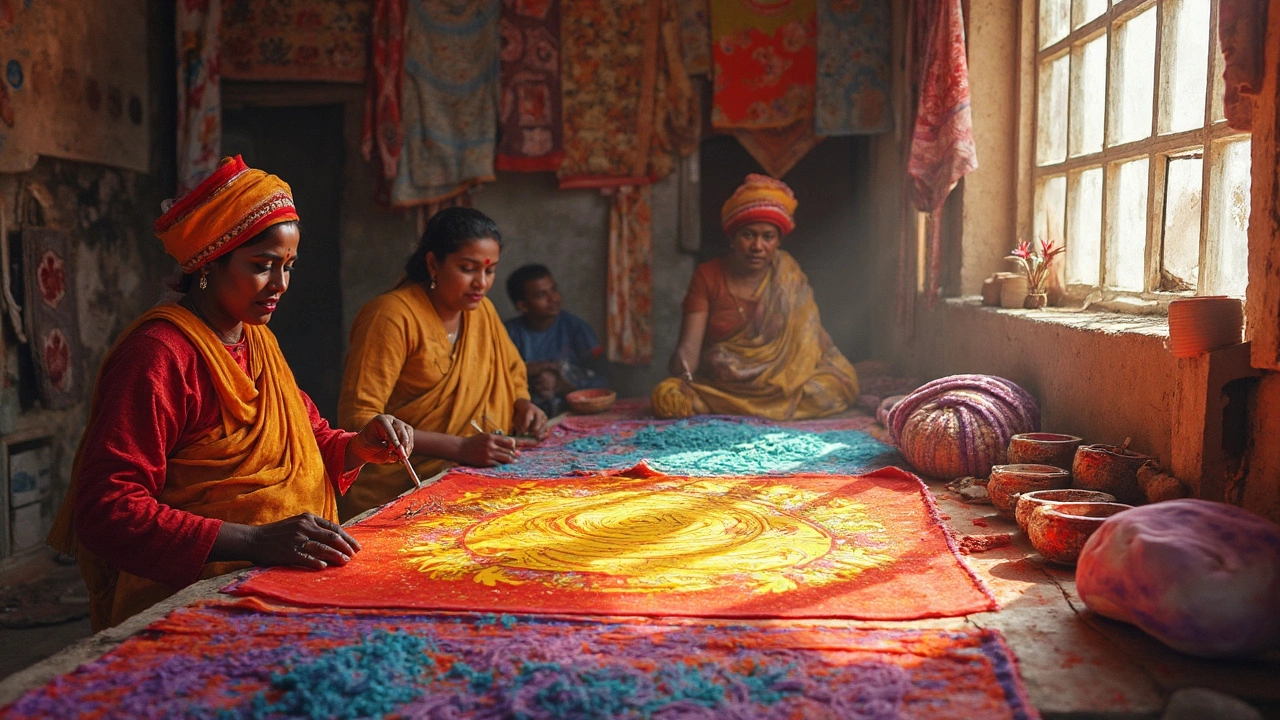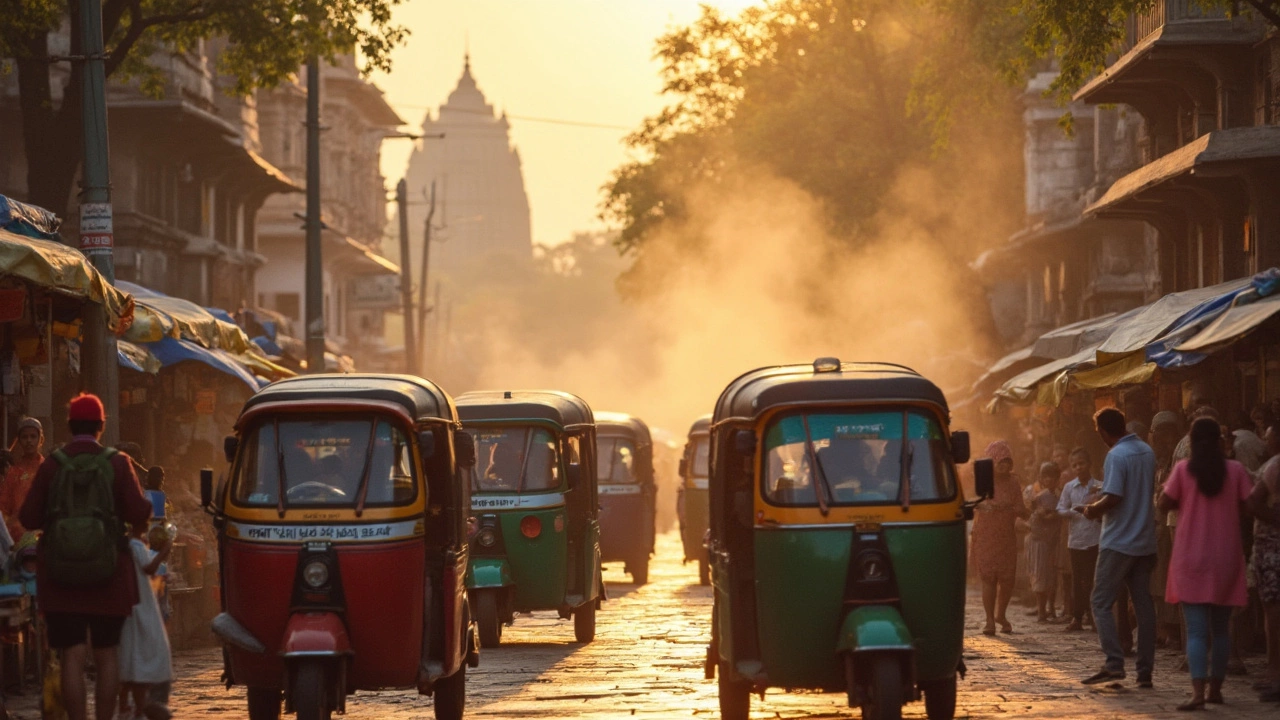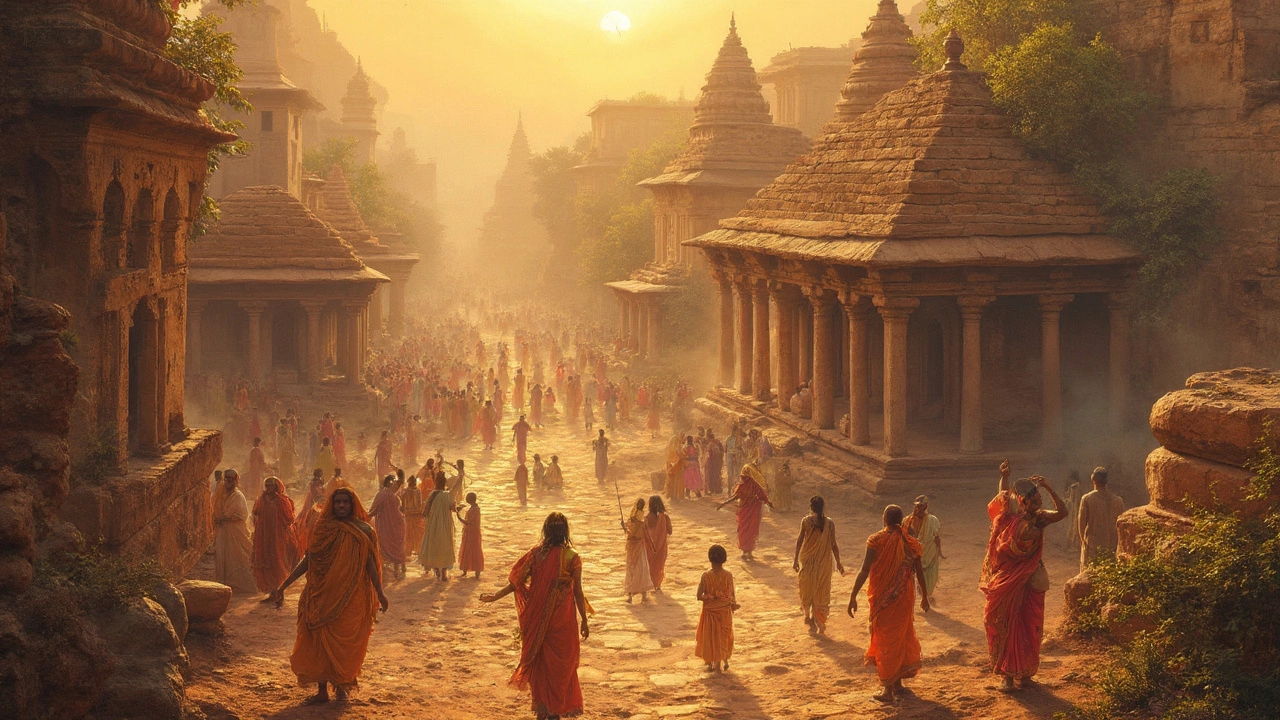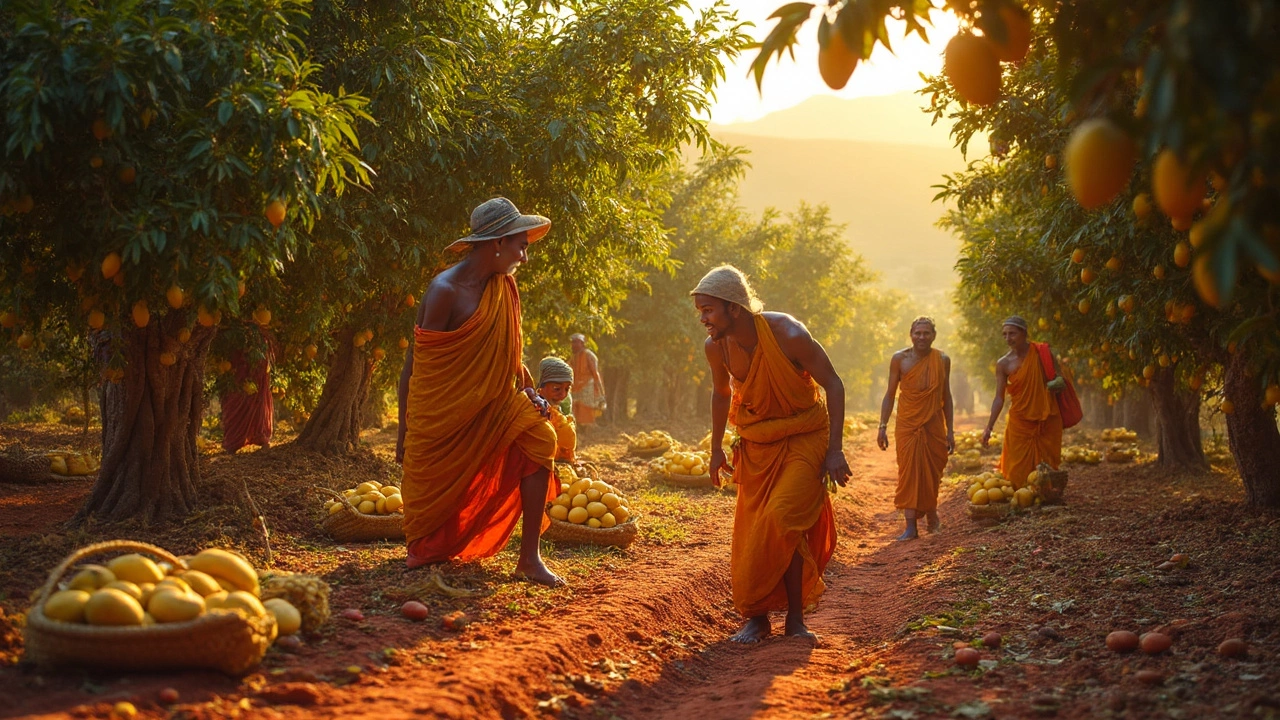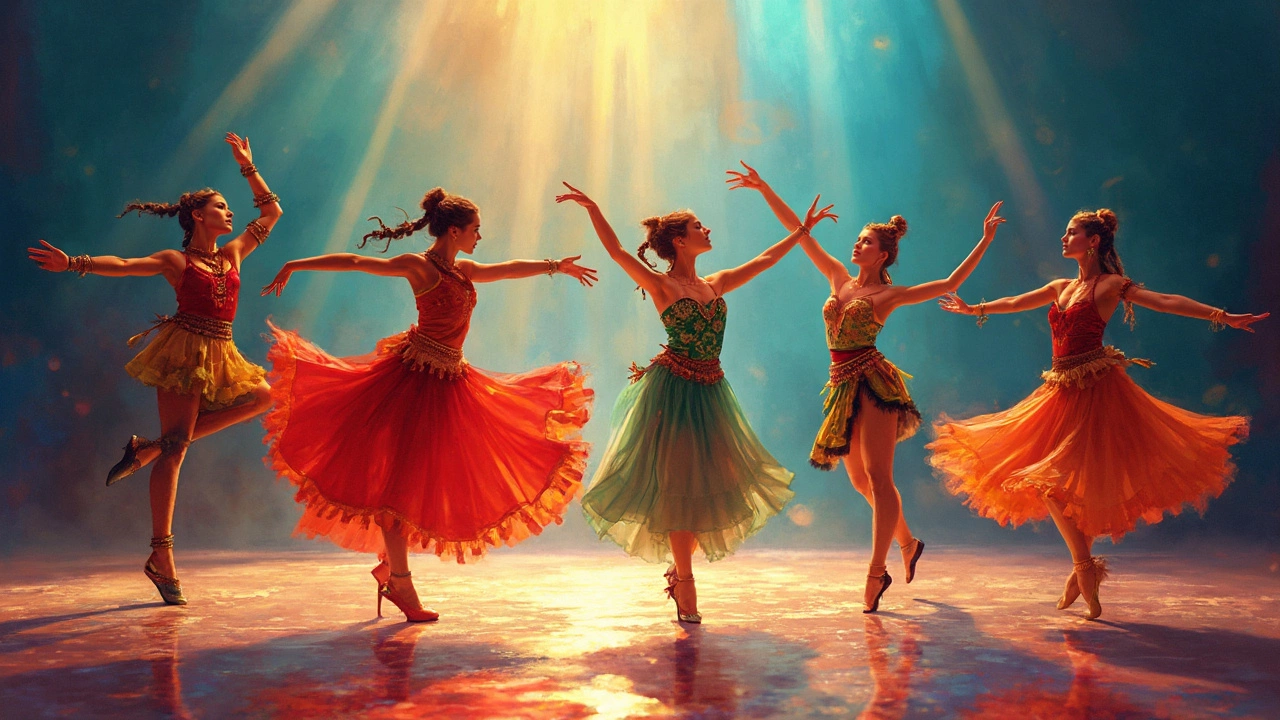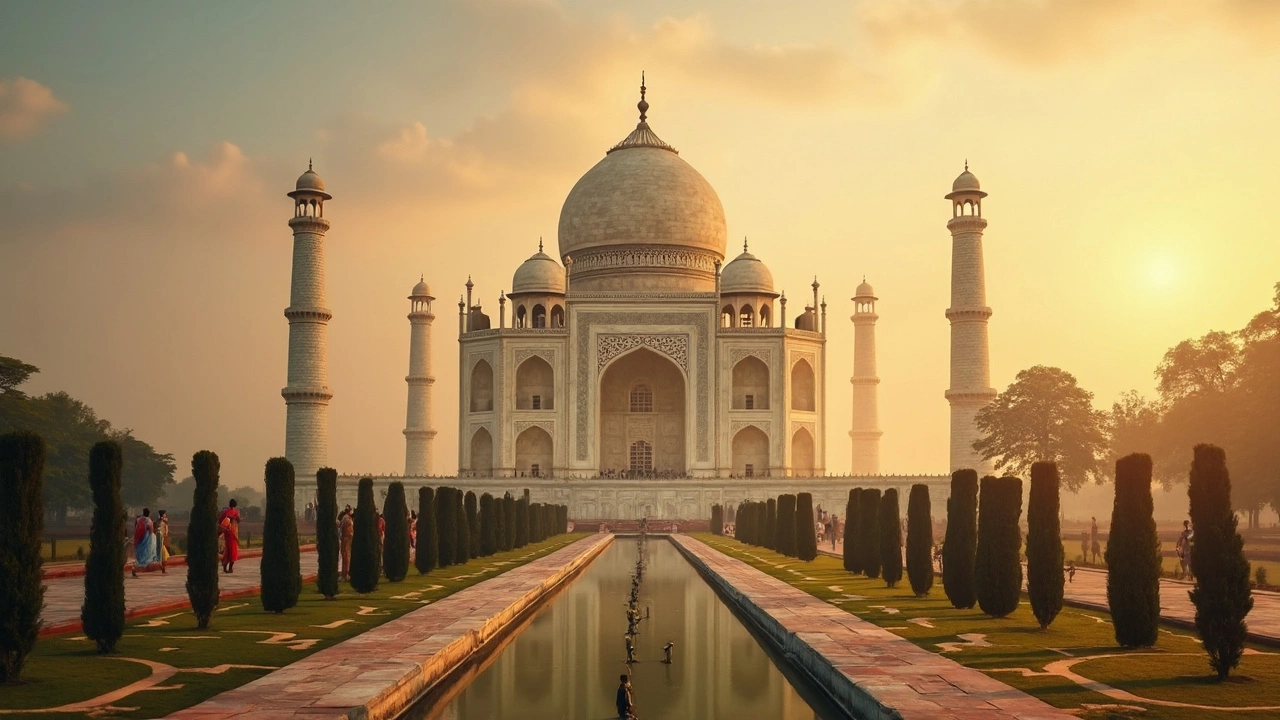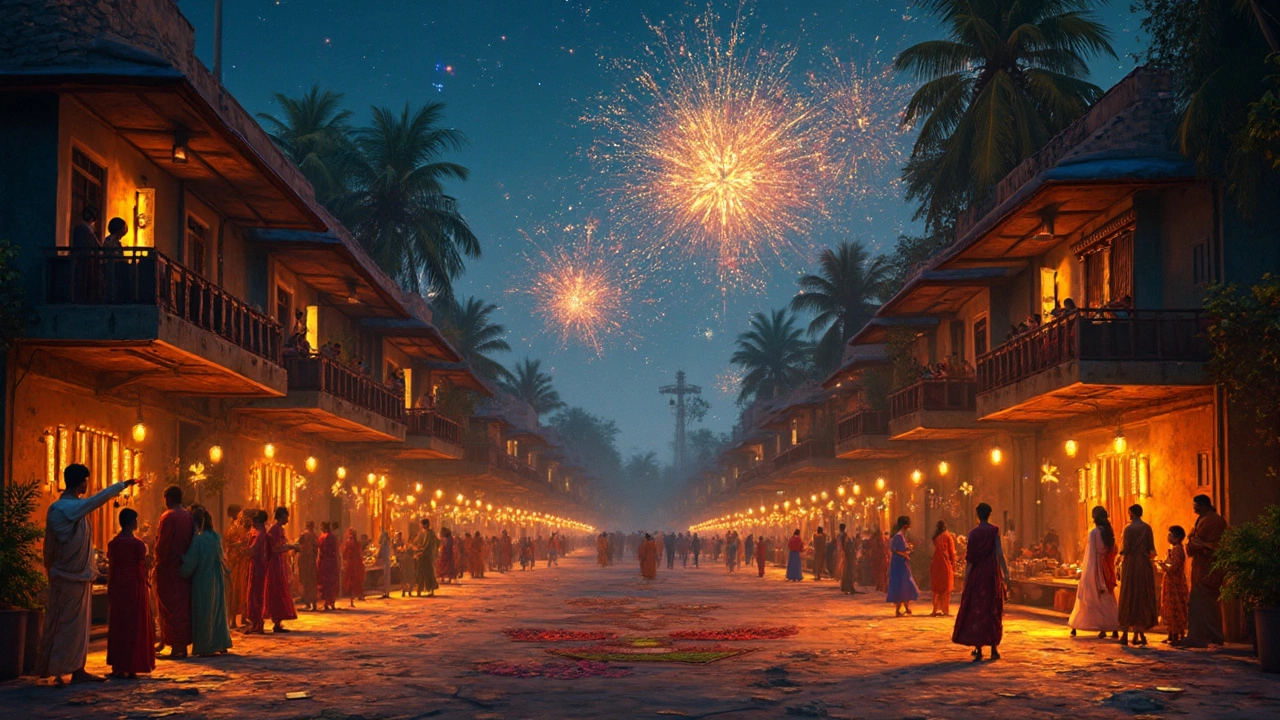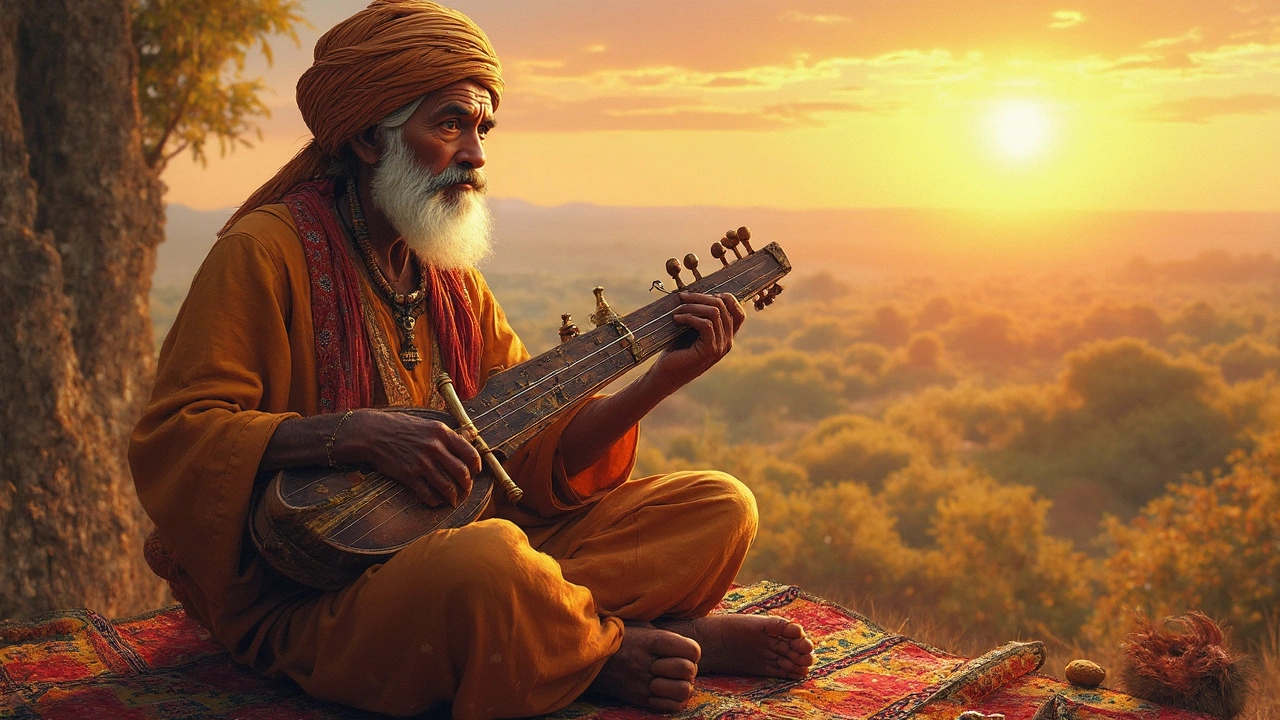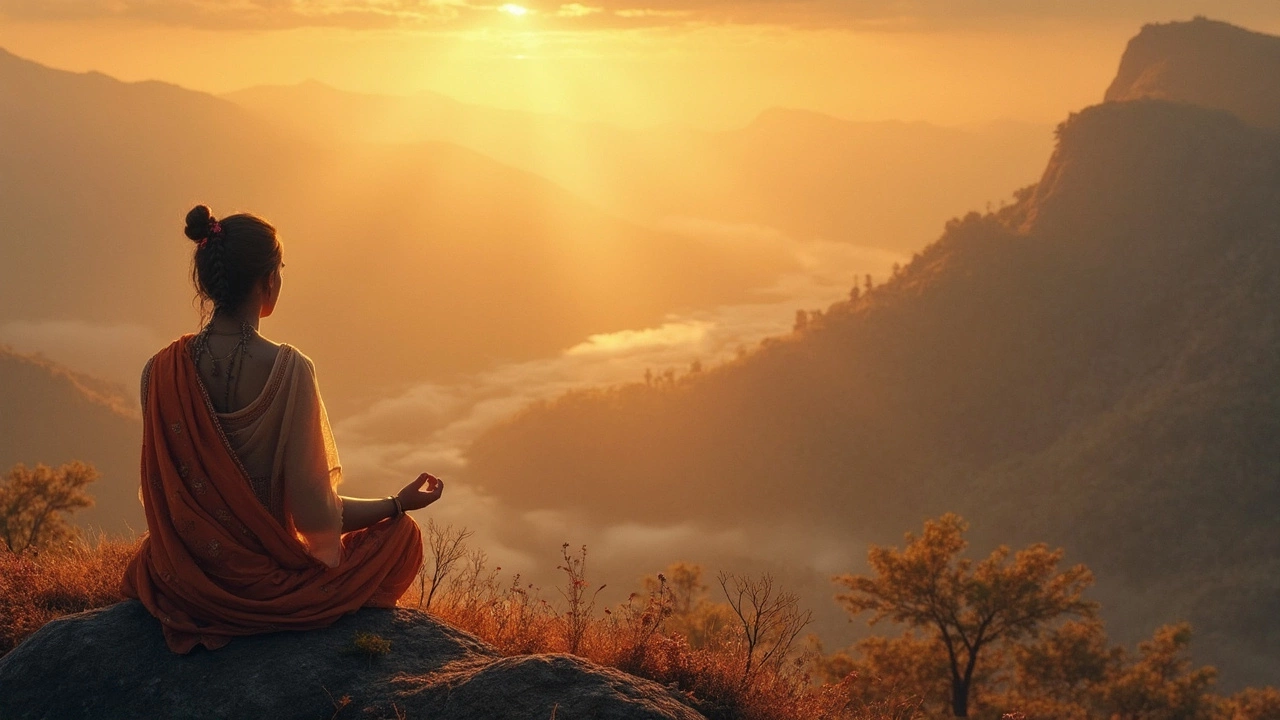April 2025 Archive: Indian Festivals, Cultural Traditions, and Regional Arts
When you think about Indian festivals, large-scale, community-driven celebrations tied to religion, season, or history that unite millions across India and beyond. Also known as cultural festivals, it's not just about fireworks and sweets—it's where identity, memory, and daily life come together. In April 2025, our archive dives deep into the heartbeat of these events, from the glowing lamps of Diwali to the colorful parades of Pohela Boishakh. These aren’t just annual events—they’re living traditions passed down through generations, shaping how people eat, dance, pray, and connect.
Across the same period, you’ll find strong threads tying Gujarati food, a vibrant culinary tradition centered on sweet, spicy, and vegetarian dishes that reflect the state’s agrarian roots and Jain influences. Also known as Gujarati cuisine, it’s more than just jalebi and dhokla—it’s the rhythm of daily meals and festival feasts. Articles explore the mango as Gujarat’s king of fruit, the sweets that define its markets, and the hand-painted Rogan art still made by families in remote villages. Meanwhile, Bengali culture, a rich tapestry of language, music, and ritual centered in West Bengal and Bangladesh, with deep ties to literature, theater, and seasonal festivals. Also known as Bengali heritage, it pulses through Durga Puja and Pohela Boishakh, turning streets into stages and homes into altars. These aren’t isolated topics—they’re connected. The same month that celebrates Diwali in Gujarat also sees Bengalis welcome their new year with the same energy, the same food, the same sense of belonging.
What ties these stories together?
It’s the idea that culture isn’t stuck in the past—it’s cooked, painted, danced, and sung every day. You’ll find articles that show how the hardest regional dances require years of training, how the most eaten food in India is simple rice or wheat but shaped by a thousand local flavors, and how yoga’s view of God isn’t about temples but inner stillness. These pieces don’t just describe traditions—they show you how to experience them, whether you’re tasting a mango in Surat, joining a Pohela Boishakh procession in Dhaka, or spotting real Rogan art before you buy it.
What you’ll find here isn’t a list of facts. It’s a map to real places, real people, and real practices that keep these cultures alive. Whether you’re planning a trip, writing a paper, or just curious why so many Indians light lamps in April, these articles give you the why, the how, and the where—without the fluff. No vague generalizations. No empty buzzwords. Just clear, grounded insights from the ground up.
